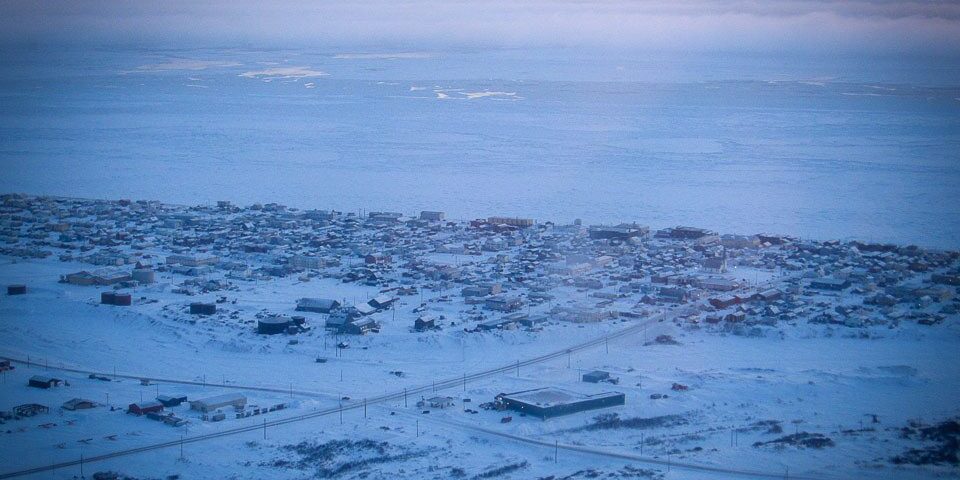The main Bering Sea ice pack has begun its retreat to the north after extending to the Pribilofs earlier this month. This winter’s freeze-up has been reminiscent of more historical sea ice conditions.
The ice extent reached south to St. Paul for roughly seven days this season, according to climatologist Rick Thoman with the Alaska Center for Climate Assessment and Policy, or ACCAP.
“While we’ve had a very good year or extensive year for ice in the Bering Sea, relative to some recent years, historically this would not have been considered a big year,” Thoman said. “It was as recently, for instance, as 2013 when the ice was at or beyond St. Paul for three solid months and now we could barely get a week.”
Despite not having sea ice coverage at St. Paul for 90 days, Thoman said this year’s sea ice extent is above average. That is a different story from how far south the ice edge reached.
“There is more ice on the Russian side of the northwest Bering Sea than in some years; fairly extensive ice to the southwest of St. Lawrence Island. So overall extent is above the long-term normal but it is certainly nowhere close to record levels at this point for the season,” Thoman explained.
The main culprit of the retreating sea ice was a series of recent storms bringing south winds across the Bering Sea. By Feb. 19, the Bering Sea ice extent was over 800,000 km but has since started to diminish.

According to Thoman, there is a 50-50 chance that the max sea ice extent for this season was already reached last week. But it’ll take a few more weeks and a shift in wind direction before we know for sure.
Thoman pointed out that typically the average date of maximum sea ice extent is reached in mid-March or even sometimes closer to April. So there is still time for sea ice to expand further south before break-up season.
Looking ahead to the spring though, it is likely this year’s favorable sea ice extent will help restore the “cold pool” and Bering Sea ocean temperatures, Thoman said.
“So there’s certainly some hope, given that ice has been more extensive in the southeast Bering Sea, say in Bristol Bay up towards the Pribilofs,” Thoman stated. “We’ll have to wait and see of course what the fisheries find during their survey in the summer, but we certainly have hope that we could possibly have the best ‘cold pool’ since the 2017 survey.”
In the Bering Strait region, the National Weather Service is calling for more south winds and a mixture of freezing rain and snow in many communities this week as the current warm period continues.
Image at top: An aerial view of Nome during winter in November. Photo by Laura Collins, KNOM (2015).




